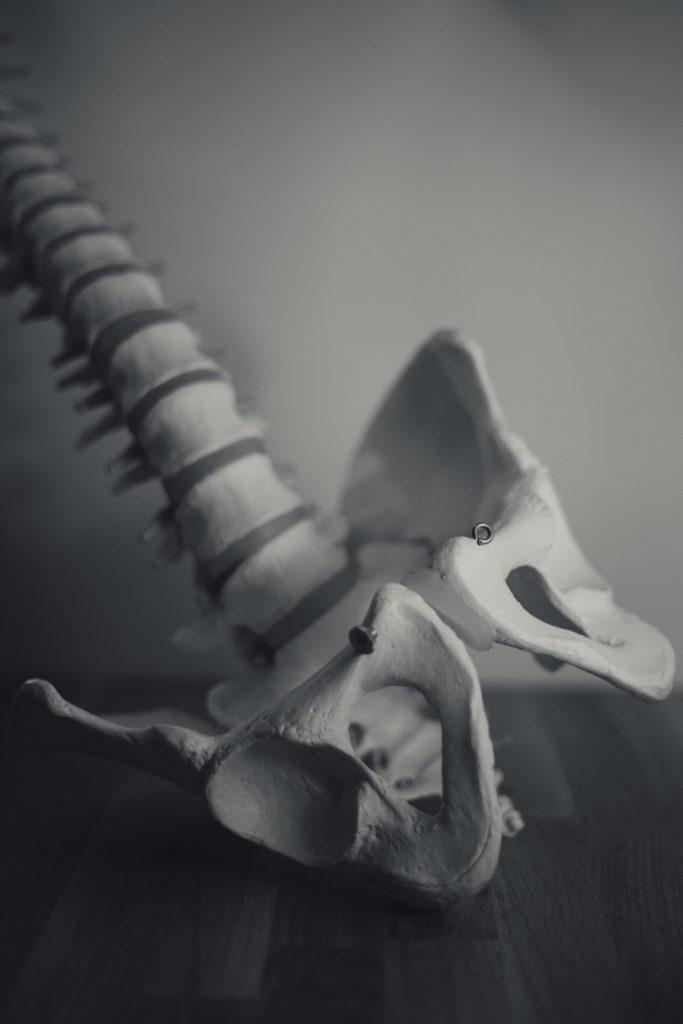In a recent article written by The Today Show wrote (The pandemic may be leading to more pelvic pain — here’s what to know) . . . WDPT’s Women’s Health Doctor, Rebecca Rauch, wanted to share her insights on this matter.
The Latest on Pelvic Health
Pelvic health providers such as medical doctors and pelvic floor physical therapists are noting an uptick in the prevalence of pelvic pain recently. The mentions of pelvic pain and pelvic health on social media platforms such as TikTok are also increasing according to a Today show article shared this month. The awareness of pelvic health is growing and people are starting to address issues that might have developed over the pandemic and put off until now.
Many people may be noticing increased pelvic pain over the span of the last 2 years during the COVID- 19 era with the change in social and professional habits. From inadequate home offices and poor ergonomic positioning to online learning with fewer opportunities to move around to different classes or buildings or even substituting zoom calls at your desk for commuting to the conference room or standing to converse with colleagues.
It’s time to increase your movement!
Decreased movement and increased static positioning creates tension and tightness in the low back, hips, pelvis and pelvic floor causing pain and stiffness. Sitting changes the length of muscles like your iliopsoas, or hip flexor, which attaches your thigh to your low back and acts to bring the two closer together. As long as you are sitting there isn’t a problem but when you stand up and the muscles don’t have the right length to stretch anymore it can change the way the joints and even pelvic organs such as your bladder, uterus and colon function due to compression.
This can lead to back and pelvic pain, bladder dysfunction like urinary urgency or going to the bathroom too frequently and constipation due to a sluggish gastrointestinal system or even perineal (the area between your sit bones) pain due to compression of your pudendal nerve.
Your pudendal nerve traverses your pelvic floor and is compressed when you sit of long periods. It can get inflamed and pinched with too much sitting causing burning or a bruised feeling otherwise known as a pudendal nerve entrapment (PNE) or pudendal neuralgia (PN).
Stress doesn’t help it either!
In addition, increased stress from changes in childcare and working from home, juggling different schedules, periods of social isolation and the possibility of an uncertain financial future can trigger an increased stress response over time. Your brain utilizes a hormone called cortisol in the fight or flight response to make sure you can combat the cause of the stress. Your body can’t tell the difference between the stress of running from a lion or a sudden change in job status; it just knows there is more cortisol. Over a prolonged period, increased levels of cortisol causes reduced sleep quality and quantity and poor coping strategies like shallow breathing. The nervous system responds with more sensitivity and is more likely to provide pain signals. This manifests in ways like muscle and connective tissue tenderness, fatigue, headaches and gastrointestinal disturbances all of which are linked to pelvic floor dysfunction.
Pelvic Floor Response
Remember that the pelvic floor is one of the first areas to respond to stress by contracting or tensing. It’s your brain’s way of guarding you from stress and is subconscious. It is very similar to how people notice holding tension or pain in your shoulders, neck or low back. If you notice stress in your shoulders or back, you likely have pelvic floor dysfunction also.


0 Comments